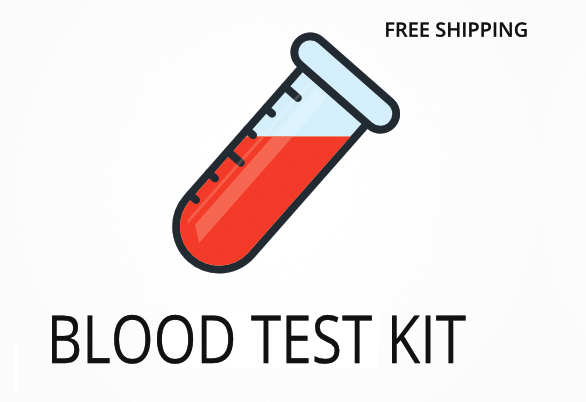Methylation Profile, Plasma | Doctor’s Data
Normal methionine metabolism is absolutely critical for folate-dependent transmethylation and transsulfuration. Abnormal metabolism of methionine can be found in both genders at any age. It is usually associated with genetic or nutritional deficiencies, aging, and exposures to environmental toxins. For example, lead can impair methylation via inhibition of the enzyme methylene-tetrahydrofolate reductase (MTHFR).
Conditions associated with untreated, aberrant methionine metabolism include, but are not limited to:
Methylation Methionine is first enzymatically converted to S-adenosylmethionine (SAM), the principal methyl donor for methylation of DNA, RNA, protein, phospholipids, creatinine and neurotransmitters. S-adenosylhomocysteine (SAH) is generated as a product of transmethylation and is hydrolyzed to homocysteine (Hcy) and adenosine through a reversible reaction. SAH is a potent inhibitor of methylation reactions. Efficient removal of adenosine and Hcy is imperative to prevent accumulation of SAH. Hcy is normally removed or recycled by remethylation to methionine through a series of reactions that require 5-methyltetrahydrofolate, B12 and betaine to complete the normal methylation cycle. A low ratio of SAM to SAH is a sensitive indicator of under-methylation. Elevated plasma Hcy is an independent risk factor for cardiovascular disease (CVD). Recent research suggests that elevated SAH may be an even better predictor of risk for CVD. Transsulfuration: Methionine > Homocysteine > Cysteine The methionine transsulfuration pathway occurs primarily in the liver and diverts Hcy away from remethylation to methionine toward synthesis of the conditionally essential amino acid cysteine. Homocysteine in the presence of serine and B6 is enzymatically converted to cystathionine and ultimately cysteine. Cysteine is the rate-limiting amino acid in the biosynthesis of quintessential glutathione (GSH). GSH is pivotal in the regulation of intracellular redox homeostasis, oxidative stress, immune function, DNA synthesis and repair, apoptosis and detoxification of metals and chemicals. The DDI Methylation profile evaluates the plasma levels of methionine, cysteine, SAM, SAH, Hcy and cystathionine, and provides the important “methylation index,” a ratio of SAM to SAH. The test results can appropriately guide nutritional support to improve or normalize methionine metabolism and meliorate or prevent the potential adverse consequences associated with inadequate methylation and transsulfuration capacity.
What is Being Tested:
- Cystathionine, plasma
- Cysteine, plasma
- Homocysteine, plasma
- Methionine, plasma
- S-adenosylhomocysteine; plasma
- S-adenosylmethionine; plasma
- SAM, SAH ratio
Fasting: No
Specimen: Plasma, Doctor’s Data (Draw Location | How It Works | FAQs)
Turnaround Time: 5-7 Business Days
Important Note:
- This kit cannot be mailed and collected in New York State.










